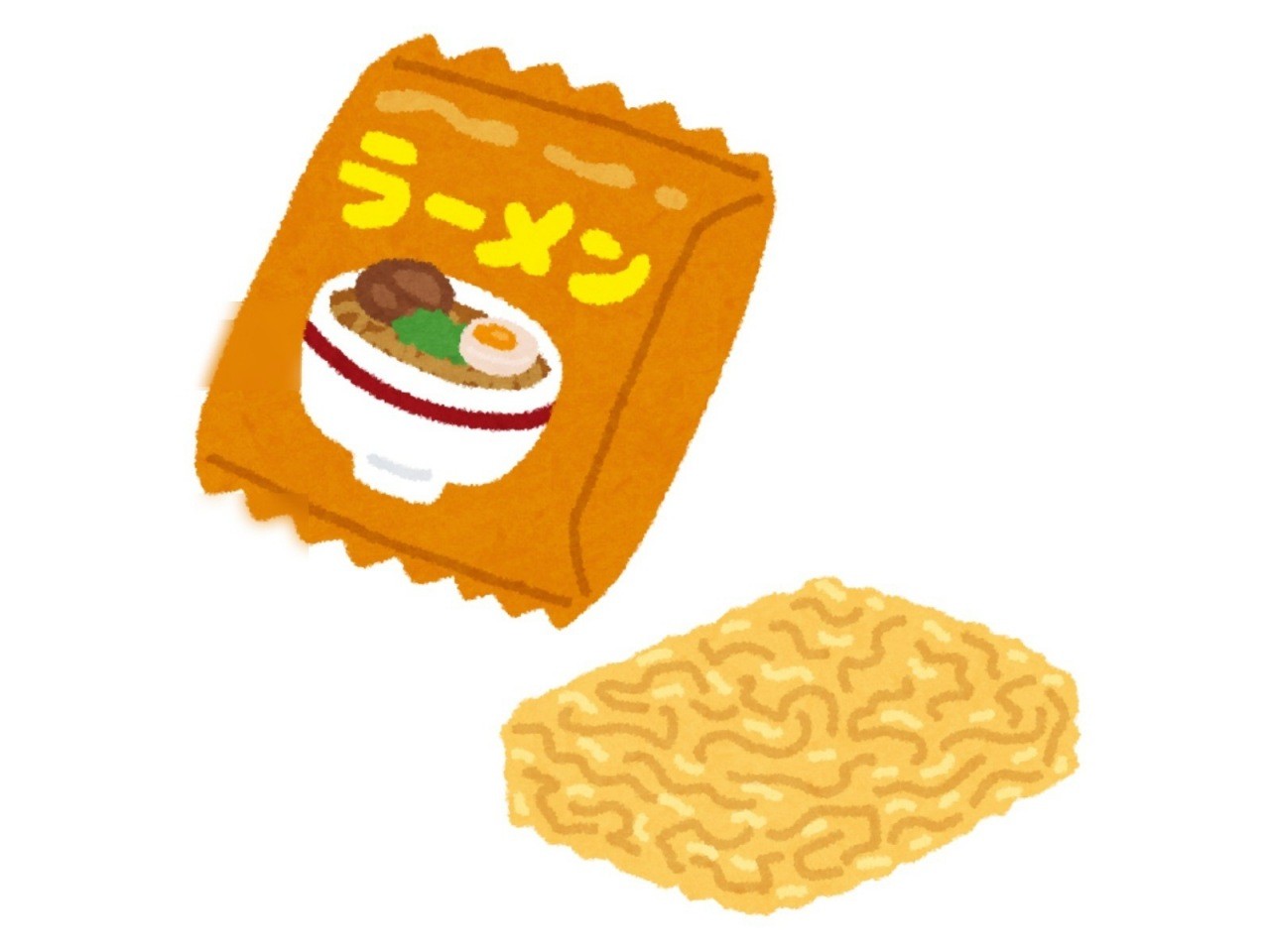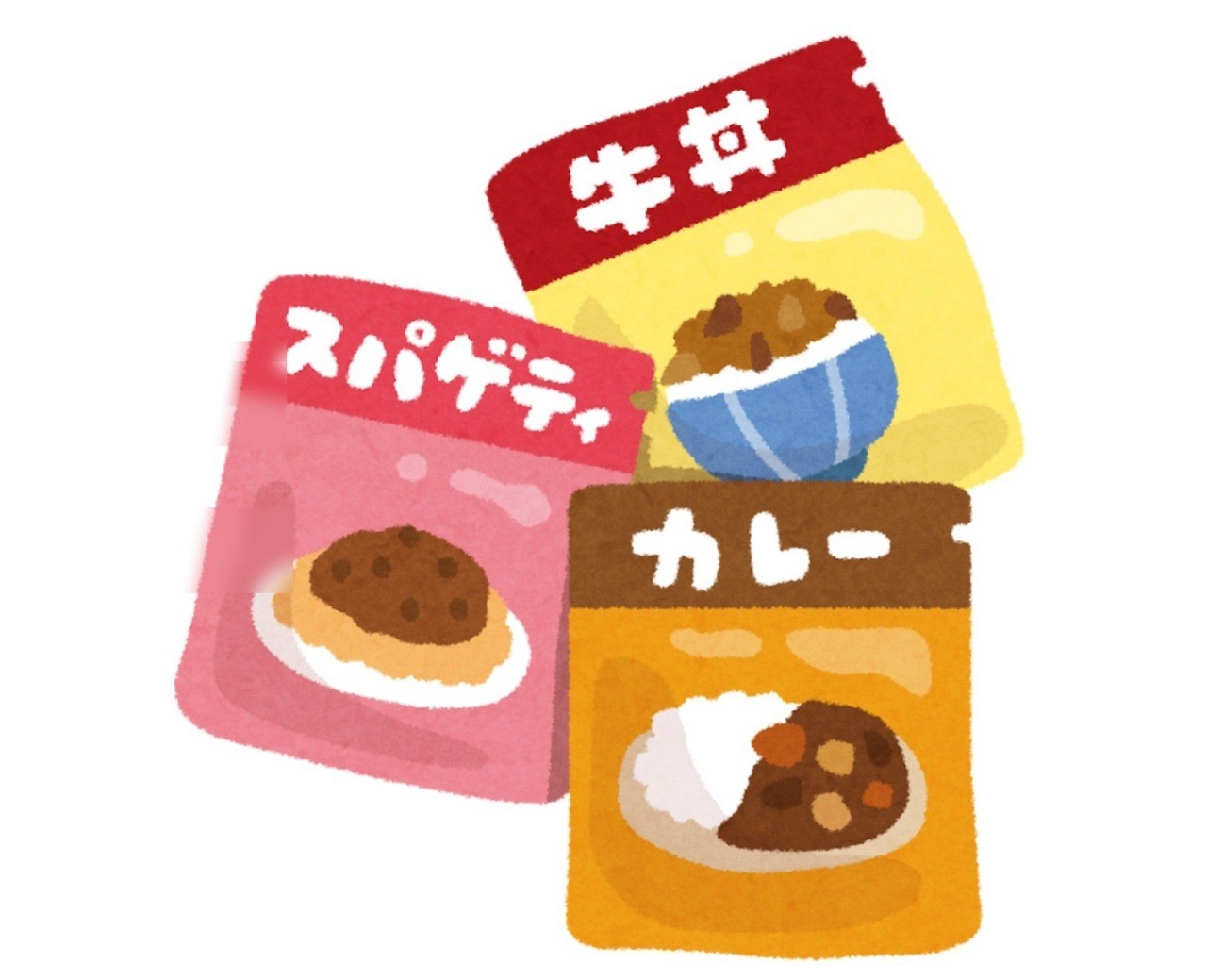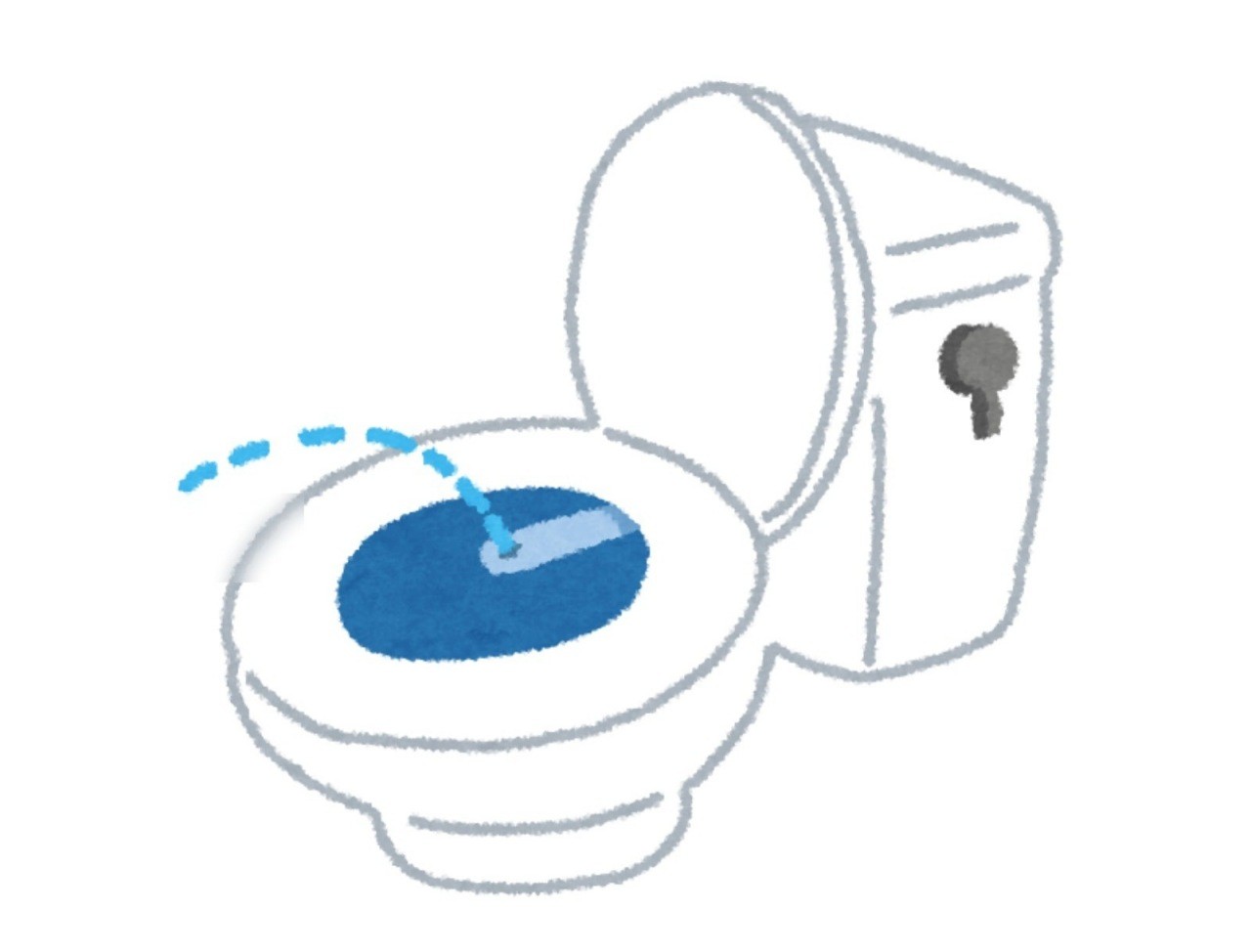
We have previously introduced delicious foods, delightful sweets, a wide variety of breads, and sports enjoyed around the world, all of which originated in Japan. This time, we will feature unique and groundbreaking Japanese inventions that not only enrich our daily lives but also bring value to people around the world. We will also delve into how Japan’s distinctive culture and dedication to craftsmanship led to the creation of these innovative ideas, exploring their background and history.
* If you purchase or reserve products featured in this article, a portion of the sales may be returned to FUN! JAPAN.
Japanese Inventions That Changed the World
Instant Noodles

Instant ramen refers to quick and easy-to-prepare noodles that can be enjoyed simply by pouring hot water over them or boiling them in a pot. In addition to ramen, there is a wide variety of options such as udon, soba, yakisoba, and glass noodles. With so many choices, you can enjoy different flavors without getting bored. Because it is so convenient, instant ramen is enjoyed in many everyday situations, such as when you don’t have time to cook, when you need a quick meal, or as a snack for children. It is not only easy to prepare but also has a long shelf life, making it an essential emergency food item.
Instant ramen, now loved all over the world, was first developed in Japan by Momofuku Ando. It began with the release of "Chicken Ramen" in 1958. After witnessing long lines at ramen stalls during food shortages following World War II, Ando began working on a way to make ramen that could be prepared easily at home. The biggest challenge was how to dry the noodles. One day, he saw his wife frying tempura and realized that frying could remove moisture. This inspired him to try drying noodles by frying them in oil. That idea led to the creation of "Chicken Ramen", a completely new kind of noodle product.
In 1958, "Chicken Ramen" was released by Nissin Foods. Thanks to its convenience and delicious taste, it quickly spread throughout Japan. Over time, more types of instant ramen were developed. In 1971, the world’s first cup-style instant noodle, "Cup Noodle" was introduced. In 2005, instant ramen was even eaten as space food for the first time, expanding its reach even further. According to the World Instant Noodles Association (https://instantnoodles.org/noodles/demand/trivia/), 5.9 billion servings of instant ramen were produced in Japan in 2024. These products are exported all over the world and are sold in versions adapted to the tastes and preferences of each region.
💡FUN! JAPAN Editor's Recommendation
At the Cup Noodles Museum (Momofuku Ando Memorial Hall) in Ikeda City, Osaka, you can learn about the history of instant ramen. One of the highlights is the "Instant Noodles Tunnel", where you can see an impressive display of past products. It is sure to leave you both amazed and moved. The museum reflects the passion that went into developing ramen that is tasty, hygienic, safe, and long-lasting, from its early days up to today. You can also create your own original "Cup Noodles" by decorating a cup and choosing your favorite soup and toppings. This hands-on activity lets you make a one-of-a-kind Cup Noodles creation. Since the experience is available on a first-come, first-served basis, we recommend visiting early if you would like to participate.
🍜Learn about the history of instant noodles and try making your own! 👉 Cup Noodles Museum Momofuku Ando Memorial Hall
🛒 Purchase recommended instant noodles on Yahoo! Shopping 👉 Click Here
Retort Pouch Foods

Retort pouch foods, which allow you to enjoy a proper meal just by heating the entire package in hot water or in the microwave, are an invention by Japan’s Otsuka Foods. Not only do they enrich the diets of busy modern people, but since they are packed in pouches or containers, they are convenient to carry. As a result, they are used around the world as outdoor food or as a way to enjoy a warm meal even during disasters.
Retort pouch food is a revolutionary product in which cooked ingredients are sealed in pouches or containers and sterilized under high temperature and pressure, enabling long-term storage at room temperature. Otsuka Foods was inspired by a technology developed in the United States in 1958 for military rations and began development based on the concept of:
“A single-serving curry that anyone can prepare without fail by just heating it in hot water.”
(Source: Otsuka Foods website – History of Bon Curry)
After about four years of trial and error, in 1968, the world’s first retort pouch food, "Bon Curry", was completed and released. The invention of a curry that could be deliciously eaten after just three minutes of heating brought a revolution to the dining table. When it was first released, the shelf life was two months in summer and three months in winter. But with the introduction of aluminum pouches, this was extended to around two years. Types that can be heated in the microwave with the box itself have also been developed, making them even more convenient.
The biggest appeal of retort pouch foods is that they can be stored at room temperature for a long time. Currently, more than 500 kinds of retort pouch foods are sold in Japan. They include staples like rice and rice porridge, soups and miso soup, and side dishes such as hamburger steaks and rice bowl toppings. For health-conscious people, there are low-salt and low-carb options, as well as items catering to allergies, making them suitable for a wide range of needs. You can also easily enjoy international cuisine without eating out.
Japanese retort curry is also one of the most popular souvenirs among foreign visitors to Japan. There are local varieties that reflect regional characteristics, and the types of retort curry are abundant. For those who want to enjoy Japanese food even after returning home, we also recommend retort pouch products like gyudon (beef bowls) and other traditional Japanese dishes. Additionally, how about giving slightly upscale retort pouch products as gifts for special occasions?
💡FUN! JAPAN Editor's Recommendation
Here are some retort food arrangement recipes that expand the appeal of retort pouch meals even further. They’re easy to make and popular with kids.
Potato and Meat Sauce Gratin
Ingredients: potatoes, retort pasta meat sauce, melting cheese
- (1) Peel the potatoes, cut them into bite-sized pieces, cover loosely with plastic wrap, and microwave until soft.
- (2) Place the prepared potatoes in a dish, pour the retort pasta meat sauce on top, and add as much melting cheese as you like.
- (3) Bake in a toaster oven until the cheese is browned. Done!
Curry Croquettes
Ingredients: potatoes, retort curry, Nisshin’s no-flour, no-egg frying breadcrumbs
- (1) Peel the potatoes, cut them into bite-sized pieces, cover loosely with plastic wrap, and microwave until soft. Mash them.
- (2) Mix in the retort curry into (1) until evenly combined and shape into oval patties.
- (3) Coat with the breadcrumbs and pan-fry in a thin layer of oil until golden brown.
- (4) Add sauce if desired, and they’re ready to serve.
- Try substituting the curry with cream stew or meat sauce to enjoy different flavors.
🛒 Purchase recommended retort curry on Yahoo! Shopping 👉 Click Here
Electric Assist Bicycles

Cycling up steep hills, riding against strong headwinds, or carrying heavy shopping bags can be challenging. The "electric-assist bicycle" makes riding effortless even in these difficult conditions. It has become an essential mode of transportation, especially for child-rearing mothers in Japan.
The "electric-assist bicycle" was invented by Yamaha Motor Co., Ltd., a Japanese company. According to Yamaha Motor's website (https://global.yamaha-motor.com/jp/profile/business/pas), they describe it as follows:
An electric-assist bicycle is a bicycle with a mechanism where a battery and motor assist the pedaling power of the rider. Our company developed and launched the world's first product, 'PAS'*, in 1993.
*The product name is derived from the initials of Power Assist System."
In Japan, before the advent of electric-assist bicycles, there were "mamachari" bicycles in the 1960s, which were easy for women to ride in daily life. The electric-assist bicycle is a fusion of this "mamachari" culture and electric-assist technology. If the motor power is too strong, it would be considered a "motorcycle" rather than a "bicycle," requiring a license. The development team at the time explained to the police that it was still a bicycle, successfully creating the world's first electric-assist bicycle as a revolutionary vehicle that doesn't require a license. This invention not only made it significantly easier to transport children and navigate hills but also became widely used across generations as an environmentally friendly vehicle that doesn't emit exhaust gases.
Despite its high price of over 140,000 yen, it quickly became a hit product in Japan. Since then, other companies have also released electric-assist bicycles, with ongoing development pursuing even greater comfort. There are now many color variations to choose from, and a wide range of models including those for carrying children, lightweight types for daily use such as commuting to school or work, and sporty types for long-distance riding. During the COVID-19 pandemic, more people purchased electric-assist bicycles for commuting to work or school as a less risky mode of transportation compared to public transport. Their popularity also increased for exercise through cycling and for outdoor activities.
Currently, even more convenient features have emerged. Panasonic has released bicycles with a "walk-assist mode" that's useful when pushing a heavy bicycle with a child still in the seat, and "keyless" function that allows unlocking without taking out the key if you keep the electronic key in your bag, making life even more comfortable. The electric-assist bicycle continues to evolve daily, and there's much anticipation for what products will be developed next.
Warm Water Bidet Toilet

One of the things that surprises foreign visitors to Japan is the comfort of toilets. They often express amazement at how "bright, clean, and feature-rich" they are, and how "comfortable they are despite being free to use."
The warm water bidet toilet, which provides a comfortable toilet experience, is now widespread in many Japanese homes and public facilities. Originally, there was a device called a "bidet" in Europe from the 17th to 18th centuries, and in the 20th century, medical warm water bidet toilets were developed in America and Switzerland. In the 1960s, medical washing devices were imported to Japan, but they were not comfortable.
In 1980, TOTO (then Toto Ltd.) developed the "Washlet®" after years of research and experimentation. They discovered that the optimal water temperature was 38°C, with spray angles of 43° for the rear and 53° for the bidet function. This product, which achieved the optimal water temperature and just the right spray direction, was accepted for household use and is now used in many general households in Japan. The appeal of the "Washlet®" includes adjustable water pressure, position, and temperature settings, sensor-operated lids, constantly warm seats, and water and energy-saving functions. It even features stylish designs with a luxurious feel and surprising functions like automatic cleaning. The "Washlet®" is an invention that symbolizes Japanese hospitality, transforming toilets from dark and scary places to bright and comfortable spaces.
💡FUN! JAPAN Editor's Recommendation
"THE TOKYO TOILET SHUTTLE TOUR," which visits 17 toilets installed in parks and other locations in Tokyo's Shibuya Ward, is popular among foreign tourists visiting Japan. It's probably rare for toilets to become a tourist attraction anywhere else in the world.
👉THE TOKYO TOILET SHUTTLE TOUR
Disposable Heat Pack

"Disposable heat packs," essential for combating winter cold, are also an invention born in Japan. They can be easily purchased at drug stores and convenience stores. They are very convenient as they heat up just by taking them out of the bag and shaking, providing a safe and easy way to warm the body. They are also useful for outdoor activities like sports watching and winter mountaineering, as well as in disaster situations.
The origin of heat packs is said to be “Onjaku,” a tool from the Heian to Edo periods, where heated stones were placed in one’s pocket to keep warm. Modern disposable heat packs were commercialized in 1978 by Lotte Electronic Industry (now Lotte) in partnership with Nihon Junsui Suiso (now Air Water Mechatronics). These heat packs were revolutionary because they produce no odor and use no flame, allowing for safe and easy warming. The official LOTTE GROUP website (https://lotte-shop.jp/shop/e/ehokaron/#history_) explains the origin of the name “Hokaron” as follows:
Since the main sales channels were pharmacies and drugstores, the name “Hokaron” was inspired by the common suffix “-ron” found at the end of many medicine names.
💡FUN! JAPAN Editor's Recommendation
Disposable heat packs are not only popular in Japan but also exported worldwide as items that make winter life comfortable. There are stick-on types and non-stick types. For people with poor circulation in their extremities, sticking a hokaron to the toe of a sock is recommended. When the whole body feels cold, placing a hokaron on the stomach is effective. For those who suffer from cold caused by summer air conditioning, heat packs designed for summer use are also available.
🛒Purchase disposable heat packs on Yahoo! Shopping 👉 Click Here
There are many more world-renowned inventions originating from Japan, including food samples and stationery. Take a look at the "Made in Japan" products around you. You should be able to feel the passion for Japanese craftsmanship and the spirit of "omotenashi" (hospitality) aimed at improving people's lives in each of these products.
< References >
- Ruth Marie Jarman (Supervisor), "Changed the World! 30 Amazing Japanese Inventions", 2025, 96 pages, Gakken Co., Ltd.
- "Encyclopedia of Japanese Manufacturing to Be Proud of in the World", 2014, 149 pages, Kinnostar-sha Co., Ltd.
- "Encyclopedia of Japanese Inventions and Innovations", 2014, Iwasaki Shoten Co., Ltd.
< Website References >
- Nissin Chicken Ramen Official Website: https://www.chickenramen.jp/
- Cup Noodles Museum Osaka Ikeda Official Website: https://www.cupnoodles-museum.jp/ja/osaka_ikeda/
- Otsuka Foods Official Website: https://www.otsukafoods.co.jp/
- Yamaha Motor Co., Ltd. Official Website: https://global.yamaha-motor.com/jp/
- TOTO Ltd. Official Website: https://jp.toto.com/
- 100 Innovations in Post-war Japan / Japan Institute of Invention and Innovation: https://koueki.jiii.or.jp/innovation100/innovation_detail.php?eid=00018&age=topten&page=kaihatsu






Comments